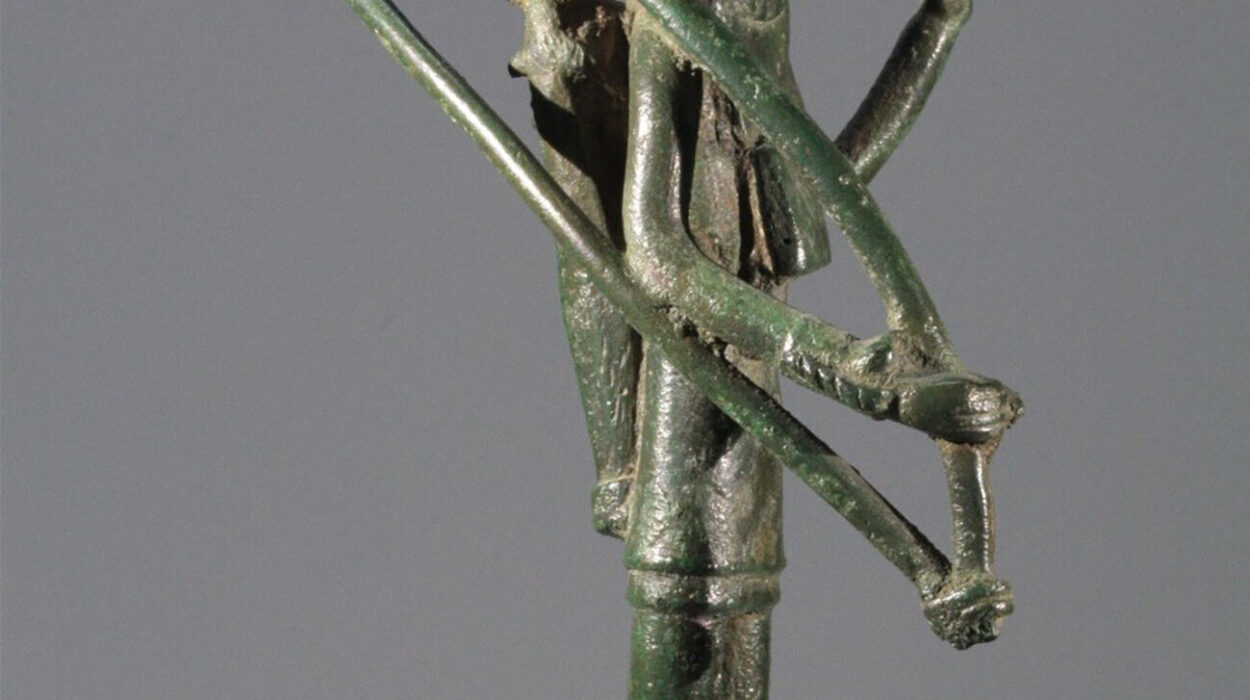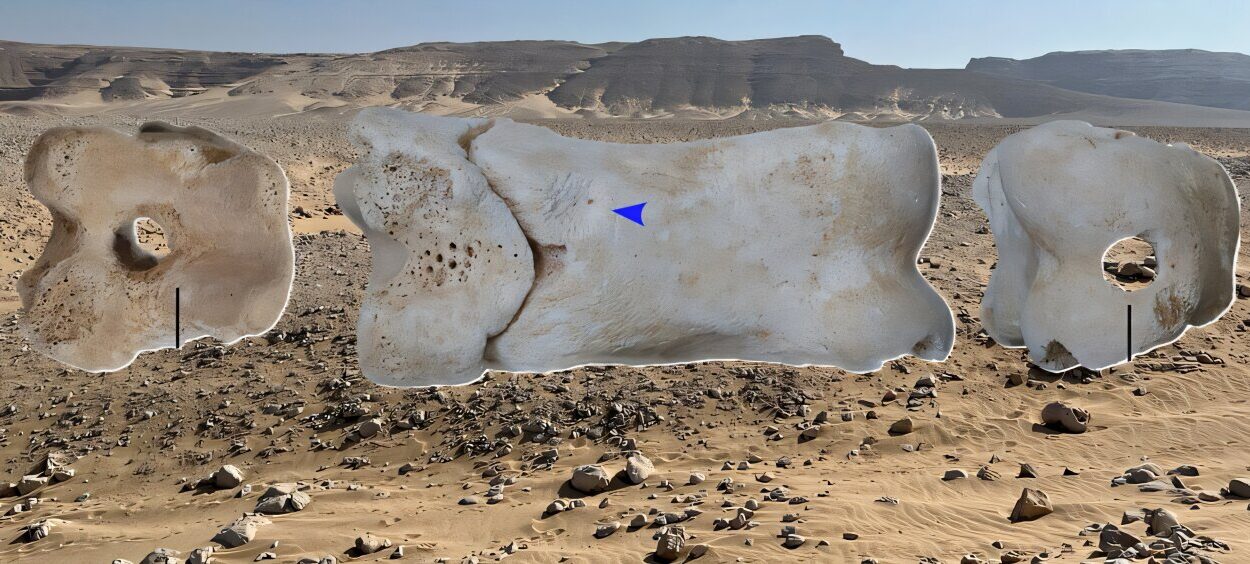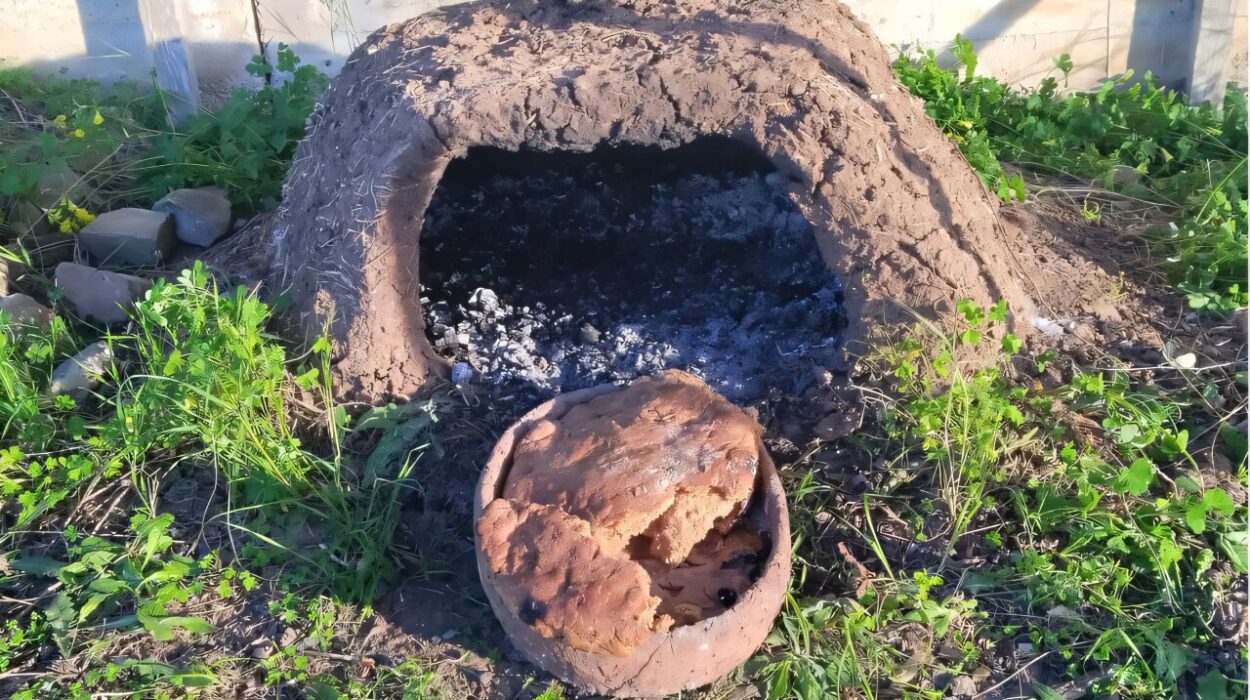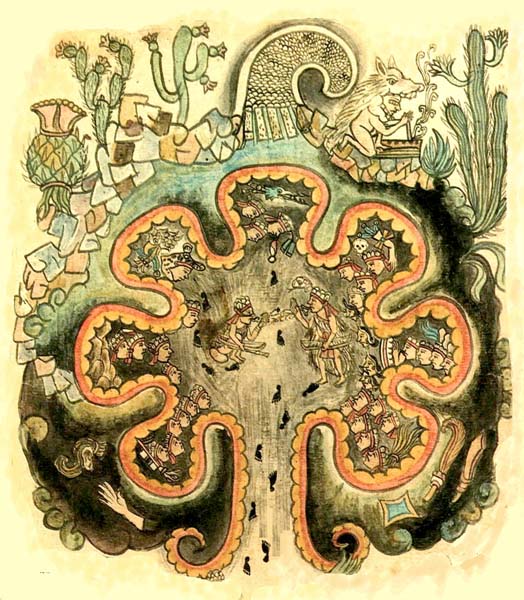Imagine for a moment that you could step into the world of your Mesolithic ancestors. You’re not in a museum or watching a documentary. You’re standing there—barefoot, perhaps—in a damp clearing in southern Sweden. The air is cool. The smell of smoke and moss is thick around you. There are no cities, no farms, no borders. Only forest, sky, and the rhythm of human life shaped by nature’s whims.
But what would that world truly look like? Would it be thickly wooded and dim beneath tangled canopies? Or more open, dotted with trees and patches of grassland where animals roamed and people foraged freely?
For centuries, archaeologists have relied on pollen samples to answer questions like these. But pollen drifts and scatters, sometimes giving us only a blurry snapshot of past environments. Now, thanks to a quietly brilliant innovation involving the charred remnants of hazelnut shells, scientists are opening a new window into prehistoric landscapes—one that offers astonishing detail on how humans shaped their environment over thousands of years.
The Nutrient-Packed Clue Beneath the Soil
At first glance, a cracked hazelnut shell dug from an ancient firepit might not seem like a key to understanding human history. But those brittle fragments, often found in great numbers at Mesolithic and Neolithic sites, carry a powerful secret encoded in their atoms. Hazelnuts, it turns out, were not just snacks for prehistoric people. They are also sensitive recorders of the sunlight and shade in which they grew.
In the new study led by Dr. Amy Styring of the University of Oxford, with collaboration from senior author Dr. Karl Ljung of Lund University, hazelnuts from archaeological sites in southern Sweden were used to trace environmental change across thousands of years—from hunter-gatherer campsites in the Mesolithic to complex Iron Age settlements. The team wanted to understand not just how people lived, but how the landscapes around them evolved—and how humans, knowingly or not, transformed them.
What they discovered was a slow and sweeping shift: a transition from closed, shadowy woodlands to open, sunlit environments. And the proof was written not in stone or bone, but in the subtle carbon signatures etched into the shells of hazelnuts.
The Science Behind the Shells
To understand what hazelnuts can reveal, we first need to step into the world of plant biology. All plants absorb carbon dioxide during photosynthesis. This carbon comes in different forms, known as isotopes. The ratio of these isotopes—particularly the ratio between carbon-13 and carbon-12—is influenced by environmental conditions, especially sunlight and water.
In a place like Sweden, where water is usually plentiful, it’s sunlight that matters most. In dense forests, hazel trees must compete for light. Their photosynthesis slows, and the carbon isotopic values in their nuts are lower. But in more open, sunlit environments, hazel trees grow more efficiently. They process more carbon and their isotopic values rise.
This means that a single nut shell, once cracked open and charred in a Mesolithic fire, can silently reveal whether it grew in a shaded forest or an open glade. Multiply that by dozens or hundreds of nut shells from archaeological sites across different time periods, and you get a detailed mosaic of changing landscapes—one harvest at a time.
Reconstructing Lost Worlds
To test the theory, researchers first collected modern hazelnuts from trees growing in different light conditions across southern Sweden. They measured the carbon isotope values of these samples to create a modern reference—a kind of isotopic dictionary that links nut chemistry to habitat type.
Next, they turned to the past. The team analyzed hazelnut shell fragments from 15 archaeological sites, spanning the Mesolithic, Neolithic, and Iron Age. These were not isolated locations—they included some of the richest and most complex settlements in all of northern Europe. Some had been occupied for centuries. Others may have served as temporary campsites for mobile groups.
Using advanced modeling techniques, the researchers were able to classify the environment in which each group of nuts had grown as closed (wooded), open (sunlit), or semi-open. What emerged from this painstaking analysis was a clear and striking pattern.
Nuts from the Mesolithic were mostly harvested in shaded, wooded environments—places where the forest still reigned supreme. But by the Neolithic, and especially into the Iron Age, hazelnuts were being collected in more open areas. Forests were retreating. Pastures and clearings were expanding. Human impact on the land was no longer subtle—it was transformative.
From Forest Dwellers to Landscape Engineers
This shift wasn’t random. It reflected a profound change in how people lived and used their land. In the Mesolithic, people were still primarily foragers, living in small, mobile groups and taking what they needed from the wild. The forest was their shelter, their pantry, their protection.
But the Neolithic brought agriculture. Humans began to clear land to grow crops and raise animals. Forests were cut back. Trees that once shaded the undergrowth were felled to build houses, fences, and fuel fires. Fields began to stretch where thickets once stood. Livestock trampled saplings into submission. And by the Iron Age, landscapes were being managed in ways that reflected not just survival, but society, hierarchy, and control.
Hazelnut shells—those fragile leftovers of long-forgotten meals—bear witness to this transformation. They tell the story of a world where human fingerprints slowly but surely reshaped ecosystems. Where people didn’t just adapt to nature—they began to rewrite it.
A New Tool for Ancient Landscapes
What makes this research especially exciting is its potential. Isotope analysis of hazelnut shells offers archaeologists a new tool for reconstructing microhabitats—the immediate environments where people gathered food, built shelters, and raised families.
Unlike pollen records, which can drift across regions and give only general impressions, hazelnuts stay local. They fall near the trees that grew them. Their chemistry records the exact conditions of their home. That makes them ideal witnesses for telling the story of specific sites—villages, camps, or farms—where people once lived their daily lives.
And unlike some archaeological techniques, this one is surprisingly practical. Hazelnut shells are common at many northern European sites. They’re robust enough to survive millennia in soil. And with careful sampling and radiocarbon dating, they can provide a kind of environmental time-lapse, showing how landscapes changed over generations, centuries, and ages.
Looking to the Future by Listening to the Past
Dr. Styring and her colleagues hope this is just the beginning. They envision expanding the technique to more sites across Europe—and perhaps to other plant materials that carry similar isotopic signatures. In doing so, they aim to deepen our understanding not just of ancient ecosystems, but of how humans have always been part of them—not separate from nature, but entangled with it.
At a time when modern climate change is forcing us to reexamine how we interact with the natural world, studies like this offer vital perspective. They remind us that our landscapes are not fixed. They are shaped by choices, traditions, and technologies—by what we plant, what we cut, what we leave behind.
Understanding how ancient people adapted their environments could help us find more sustainable paths forward. It could guide reforestation, conservation, and even community planning in regions where the echoes of the past still shape the land.
After all, the trees may be gone, but the shells remain.
Reference: Carbon isotope values of hazelnut shells: a new proxy for canopy density, Frontiers in Environmental Archaeology (2024). DOI: 10.3389/fearc.2024.1351411






